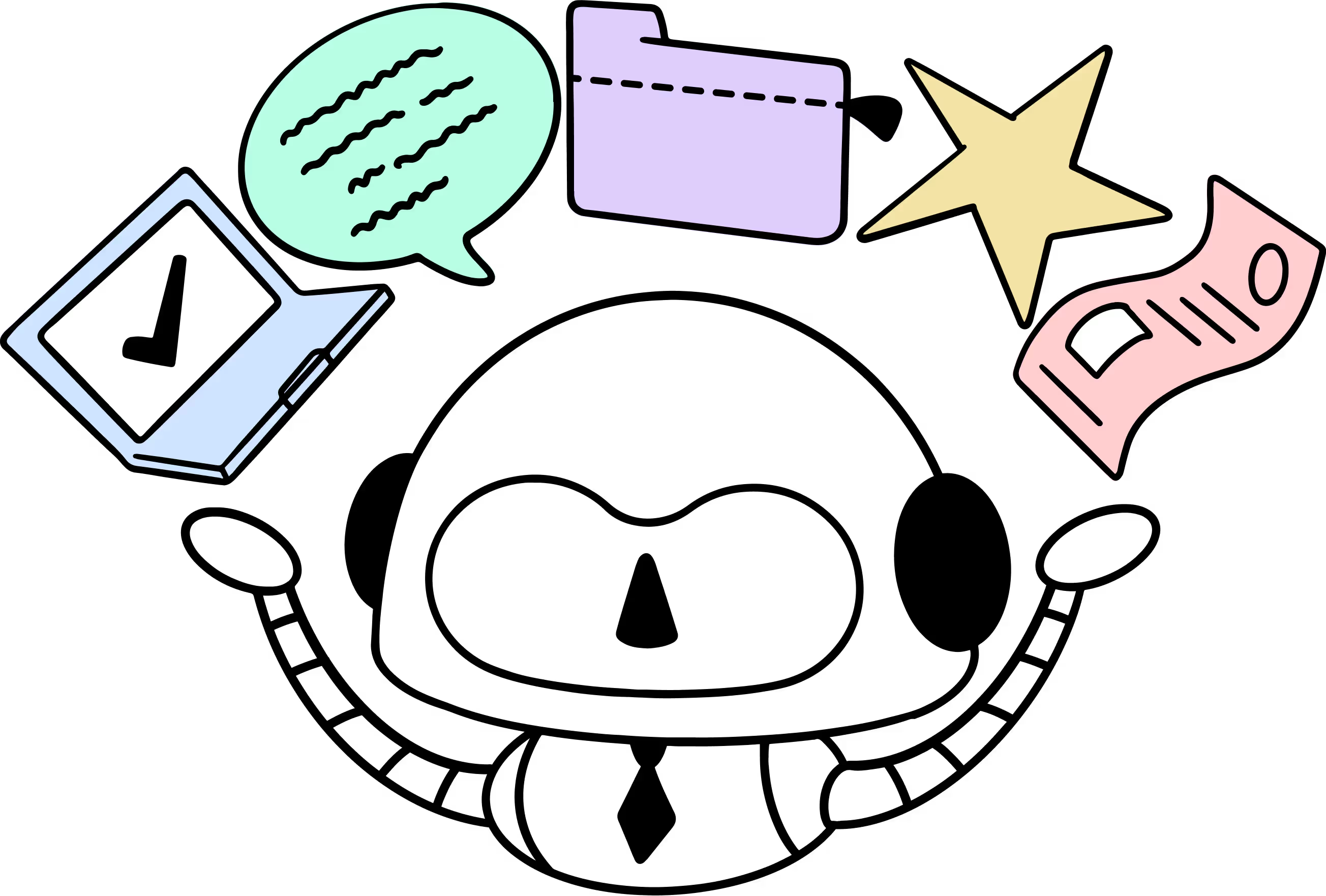Step 1
Create a skills taxonomy – a job-wise list of all the skills your organisation needs to be successful today (and in the future). Read our handy guide here: What is a skills taxonomy and why does your organisation need it?


Step 2
Map employee skills available in the organisation today (essentially create a skills inventory). Employees reflect on their skills and strengths and on the MuchSkills platform they map their skills, expertise levels and interest levels.
Step 3
View skills visualisation for actionable insights. On MuchSkills, each employee’s unique skills are displayed in an attractive skills matrix that takes viewers – their co-workers or team leaders and managers – just a few seconds to read and comprehend.

Teams that are aware of each other’s strengths relate more effectively to one another, boosting group cohesion and productivity.
Step 4
Using these deep skill insights, managers enable employees to do their best work by assigning the right person to the right job. Managers can also assemble skills-based teams in minutes.
Step 5
Spot skill gaps via a skills gap analysis. MuchSkills users will be able to do the following real-time analysis: Spot skill level distribution across the organisation, ascertain how many employees have a particular skill, and create strategies for remedial action such as:
- Learning and development or upskilling
- Talent acquisition
- Talent reorganisation.
- Identifying recruitment opportunities
For more details, read: Skills Gap Analysis: A complete guide

Companies that excel at internal mobility [because they follow a skills-based approach] retain employees for an average of 5.4 years, nearly twice as long as companies that struggle with it, where the average retention span is 2.9 years.
Step 6
Implement best practices to further increase employee engagement and productivity by:
- Holding strengths focused one-on-ones regularly where managers help individuals understand what skills are required for a role, discuss their work focus, work with them to identify how best they can grow and flourish in the organisation, and develop and help plan their career graph.
- Creating skills-based teams using MuchSkills’ team builder. Remember, individuals who use their strengths every day are six times more likely to be engaged at work, 8% more productive and 15% less likely to quit their jobs, according to research.
- Investing in employee growth by assigning mentors or growth coaches where mentors and mentees are matched based on the needs of the mentee. Additionally, creating a robust learning and development program for all employees that includes classes, courses, workshops, micro learning and so on. Read our 8-step guide to successfully upskill your employees here.












